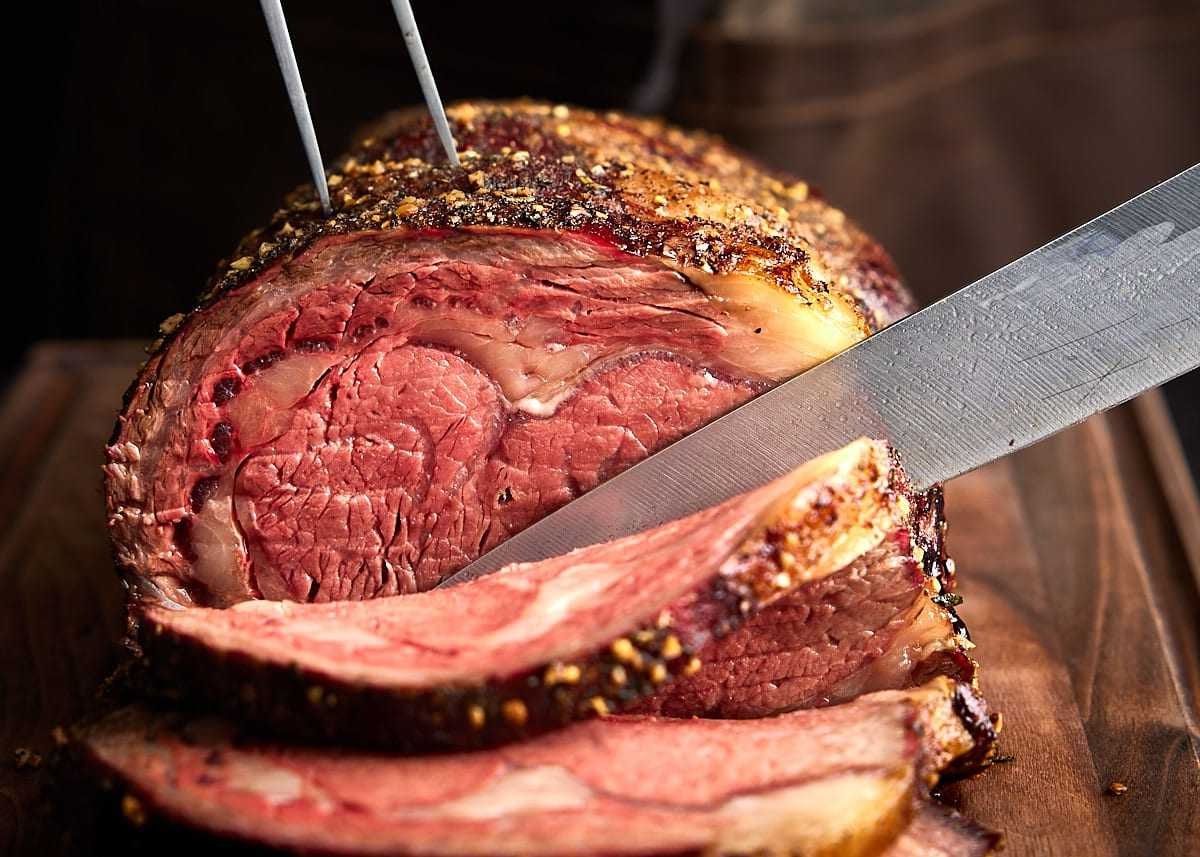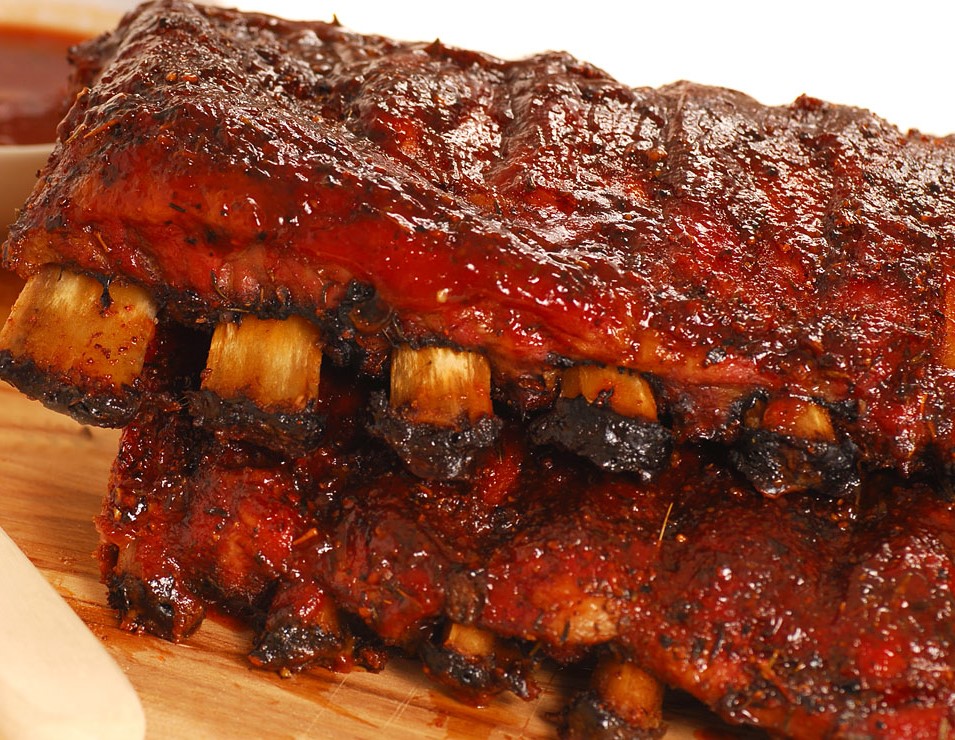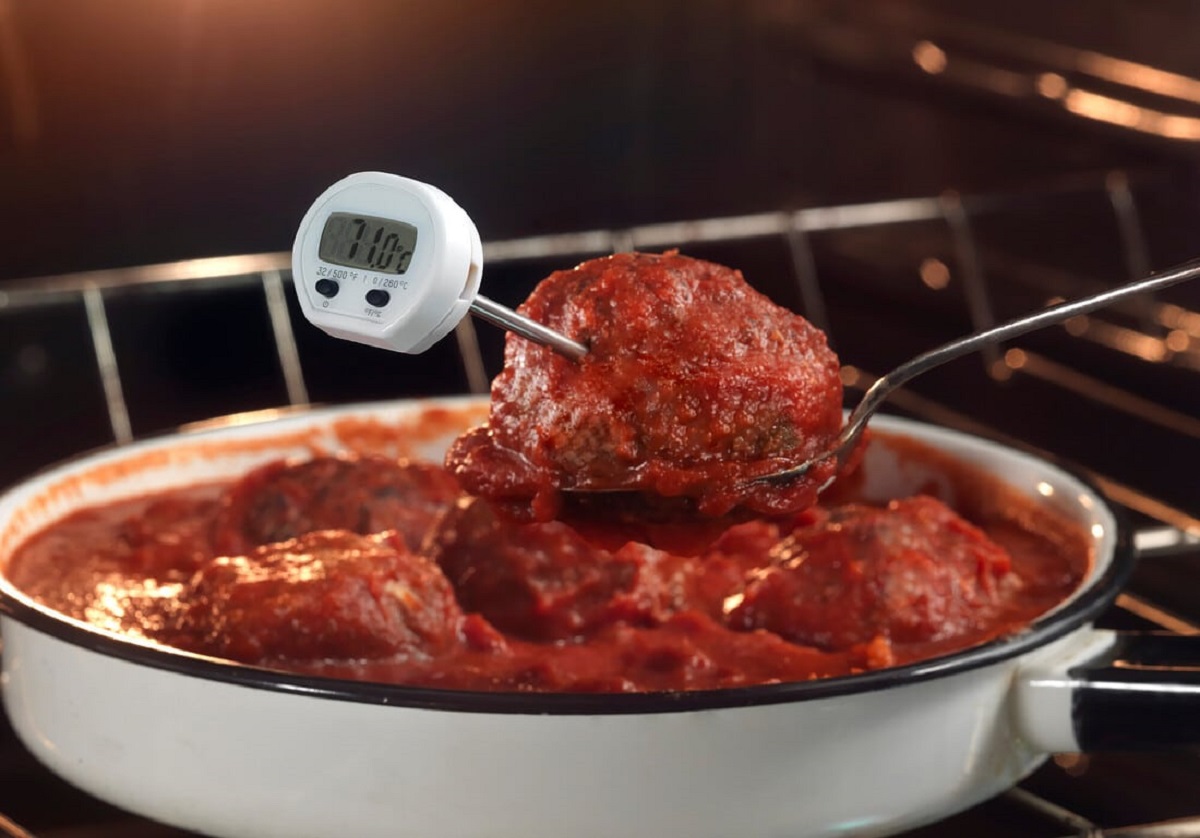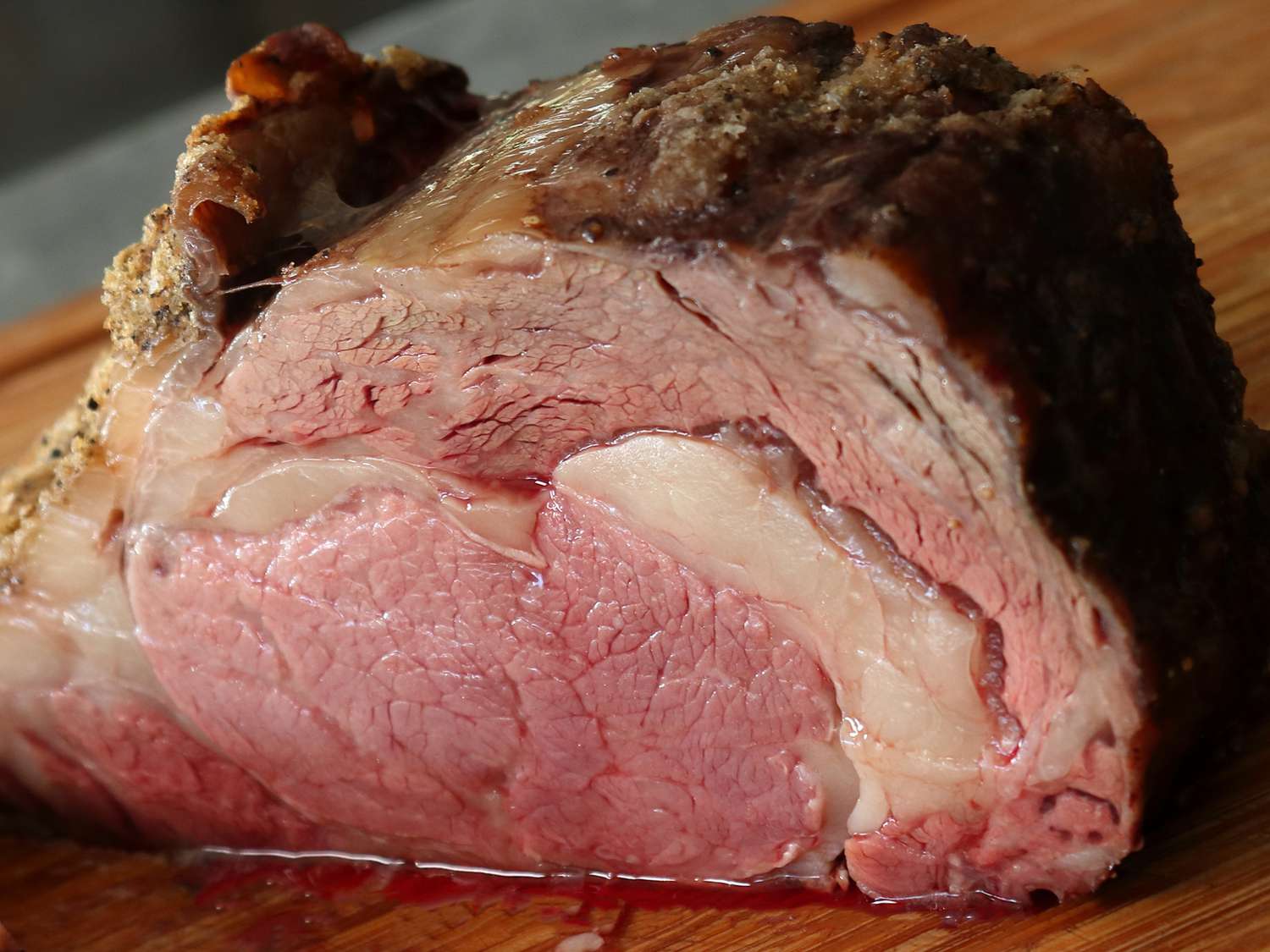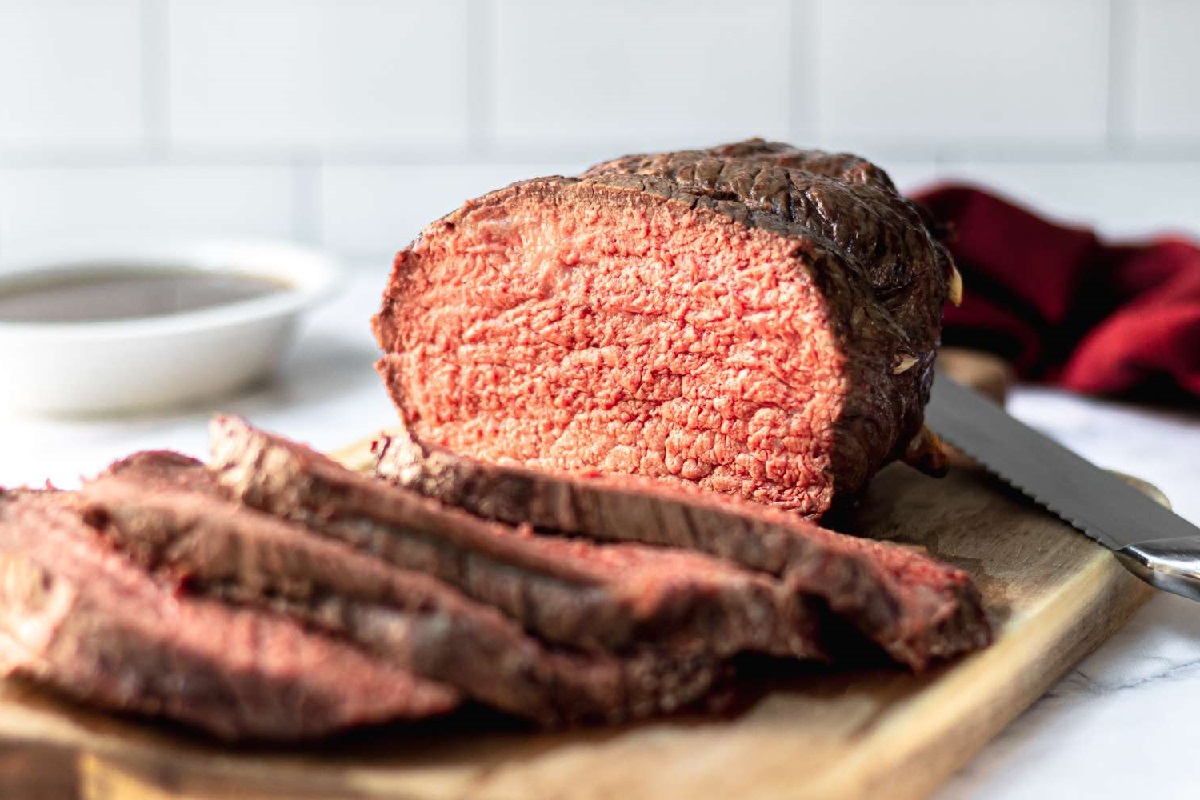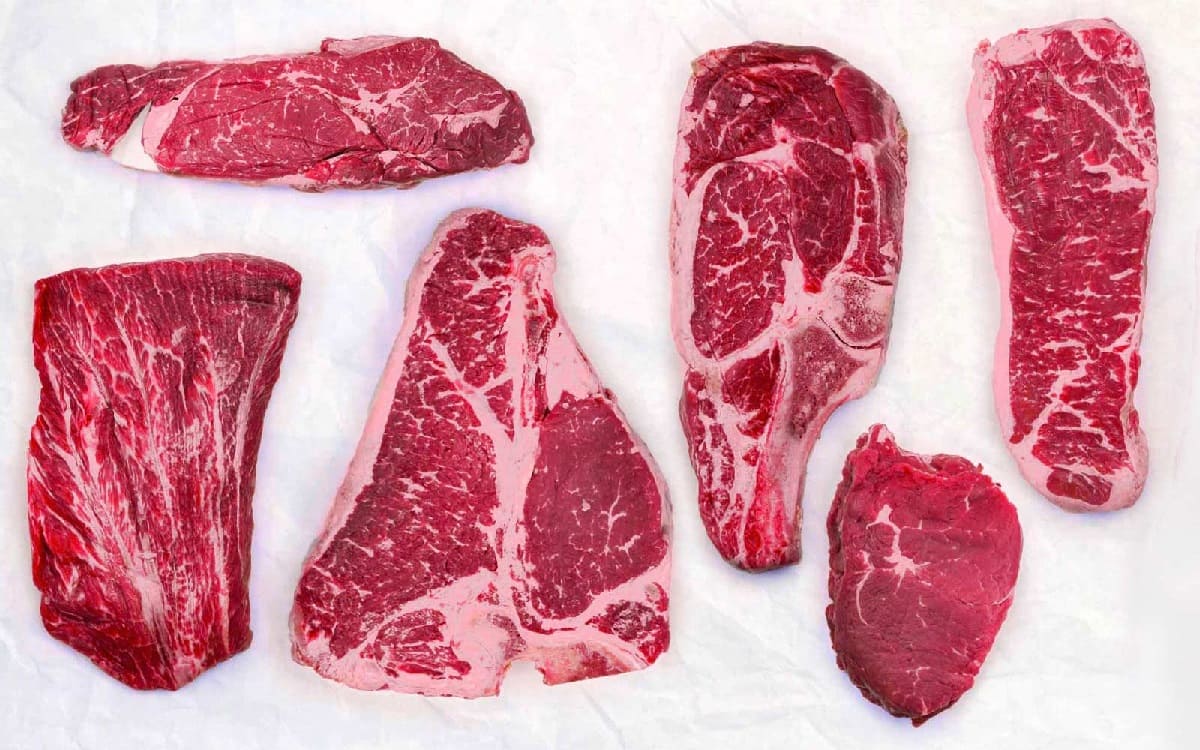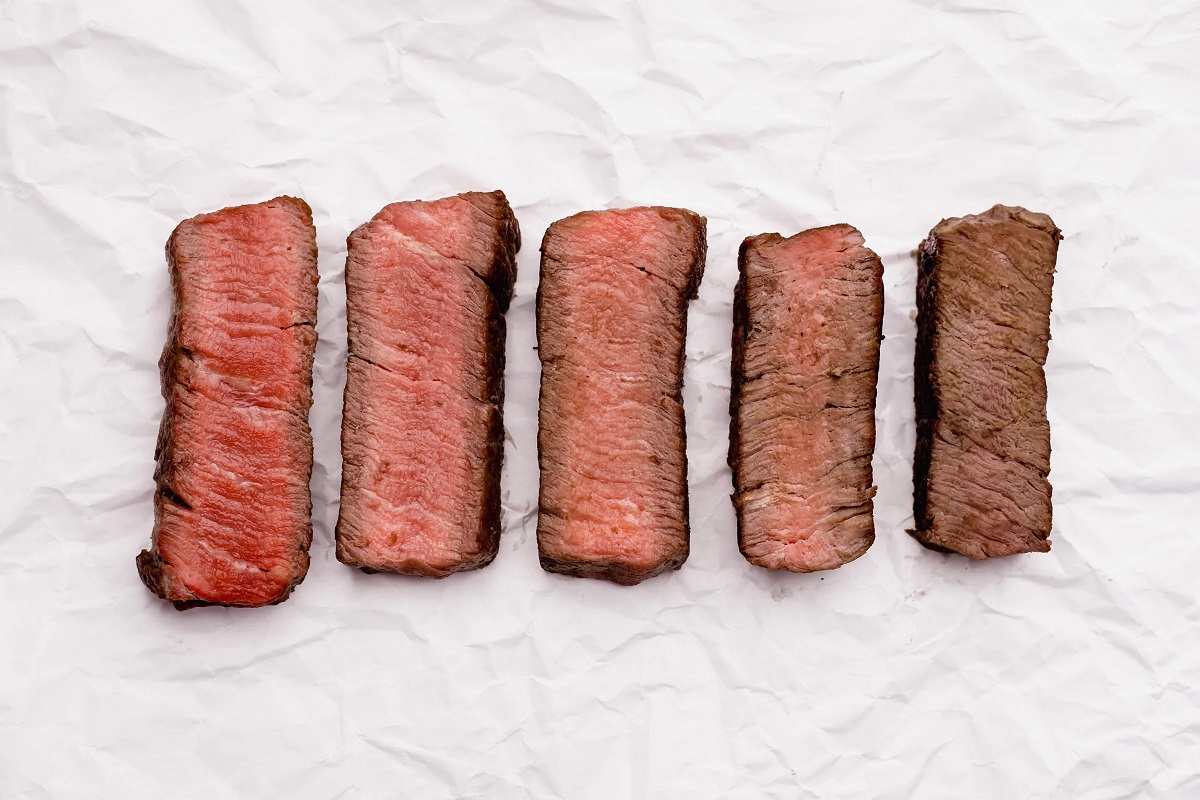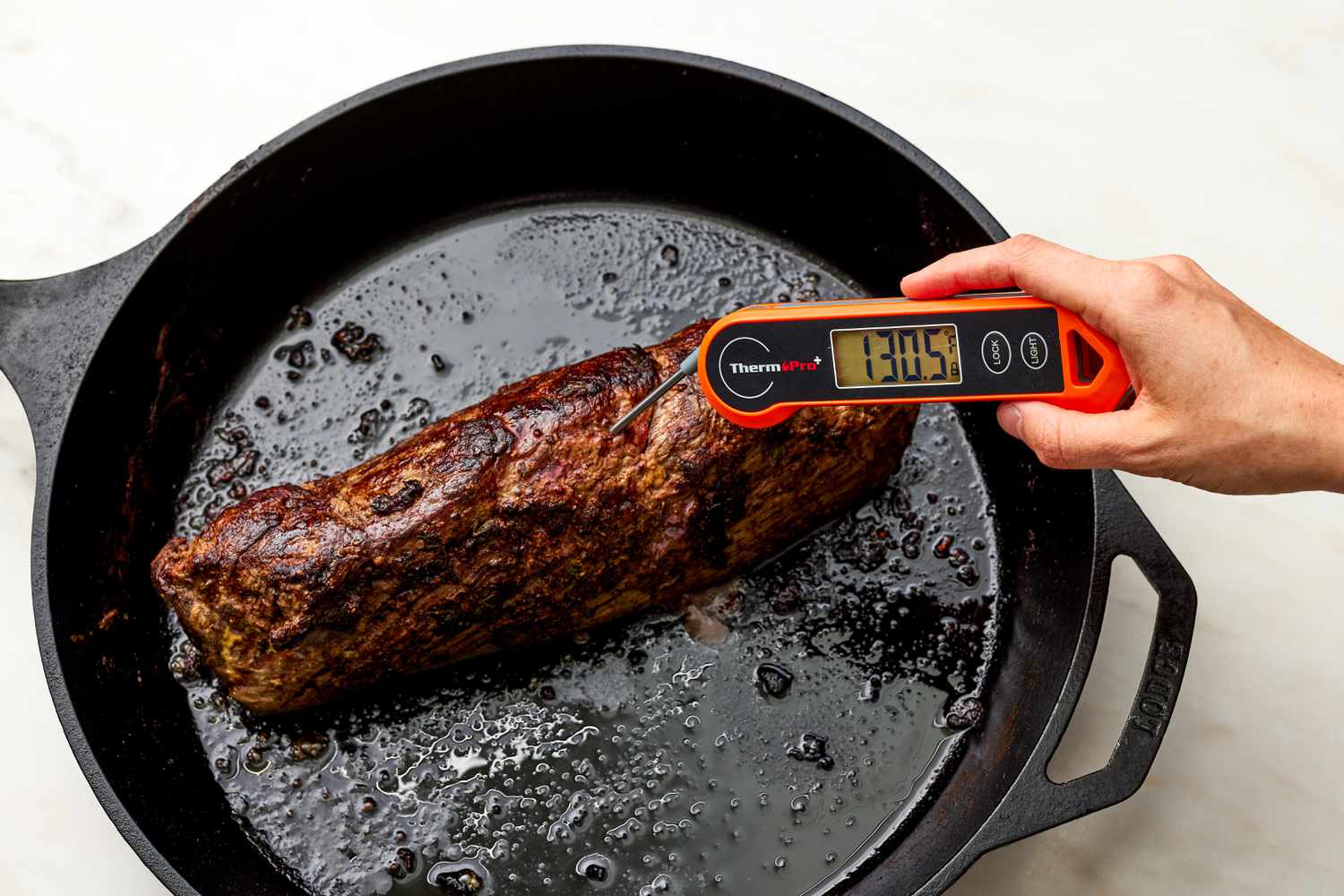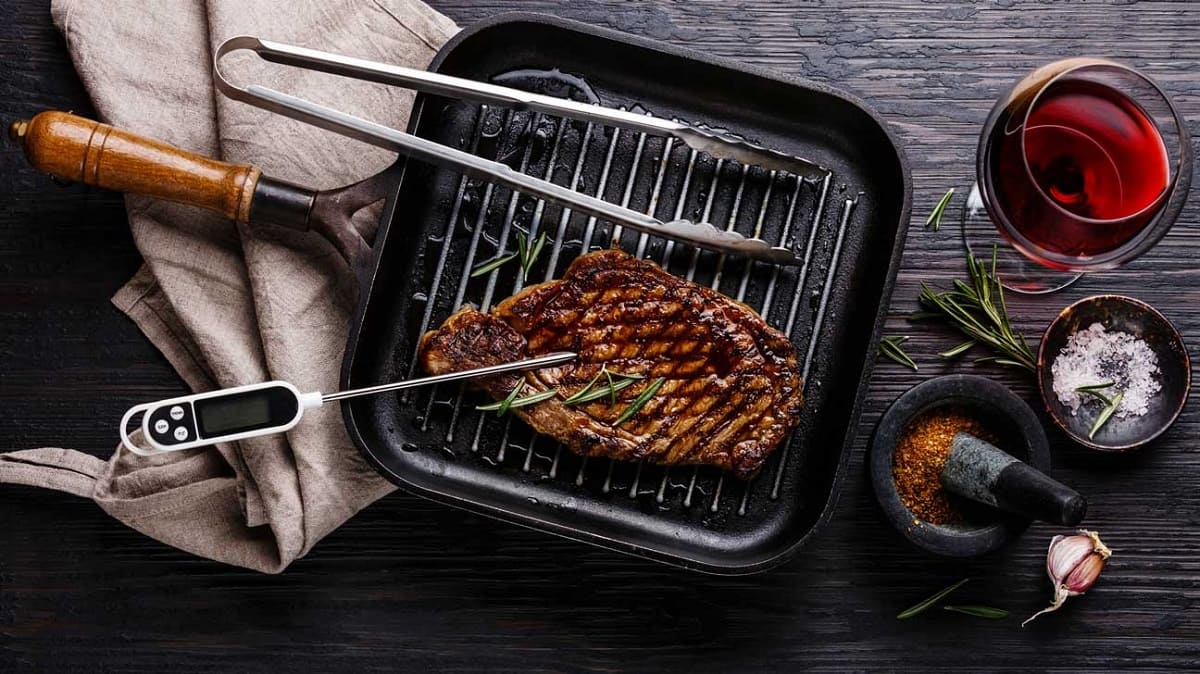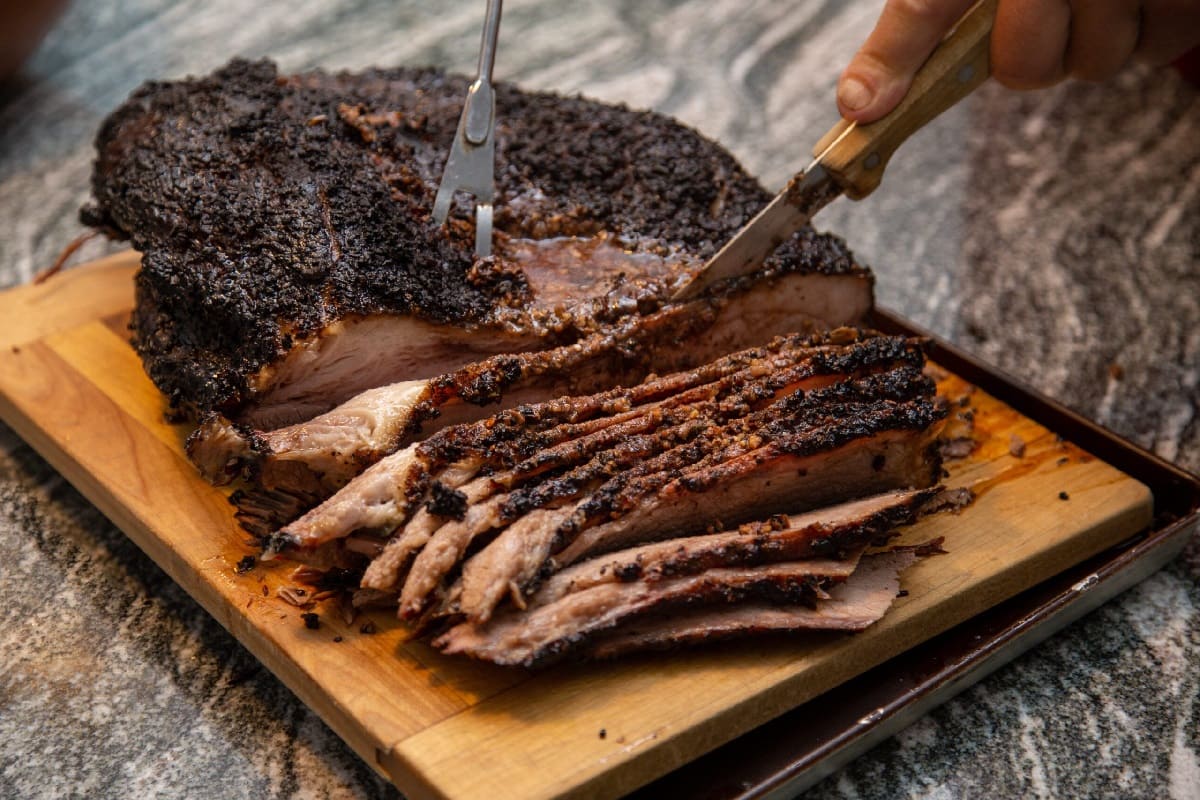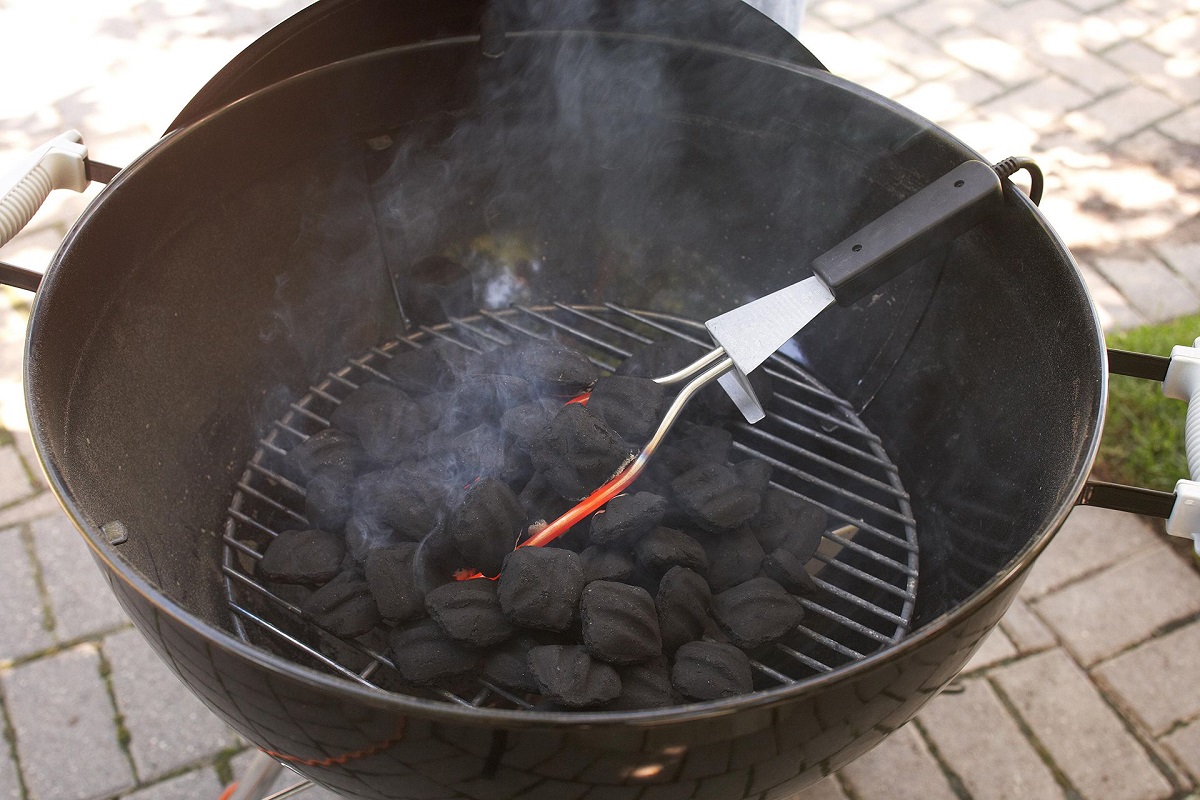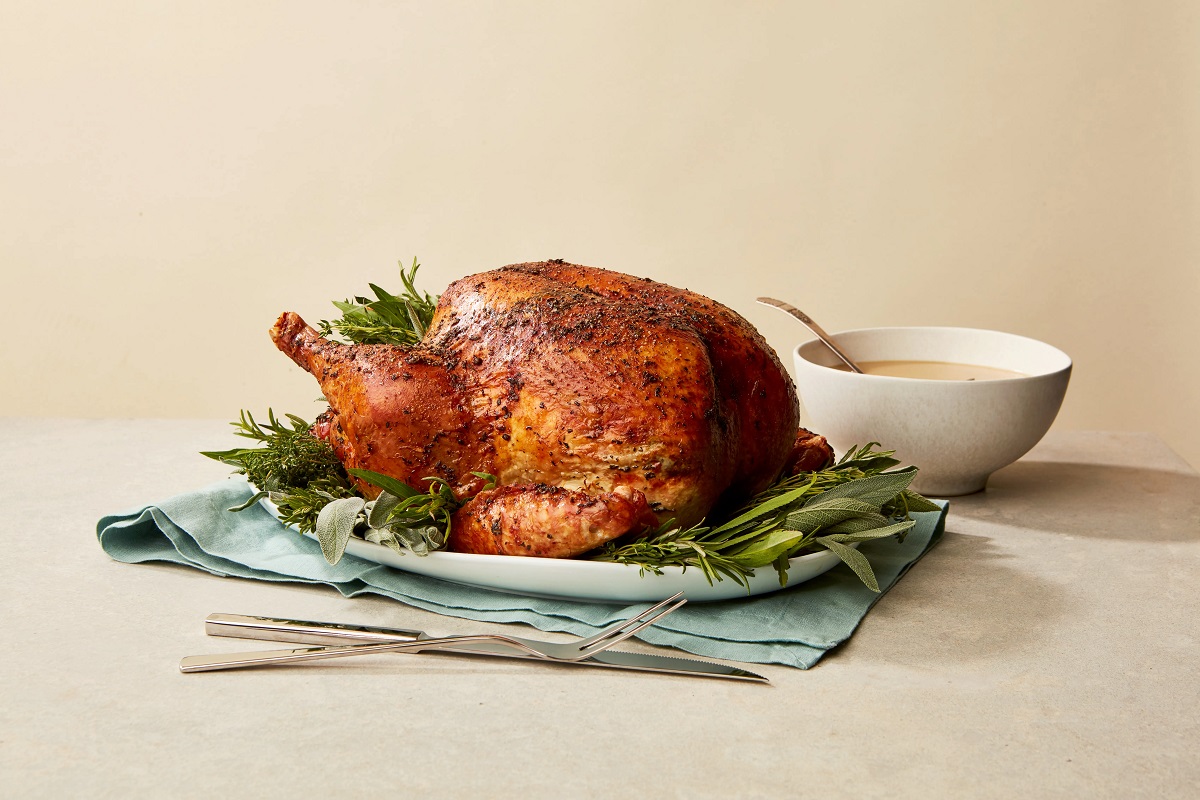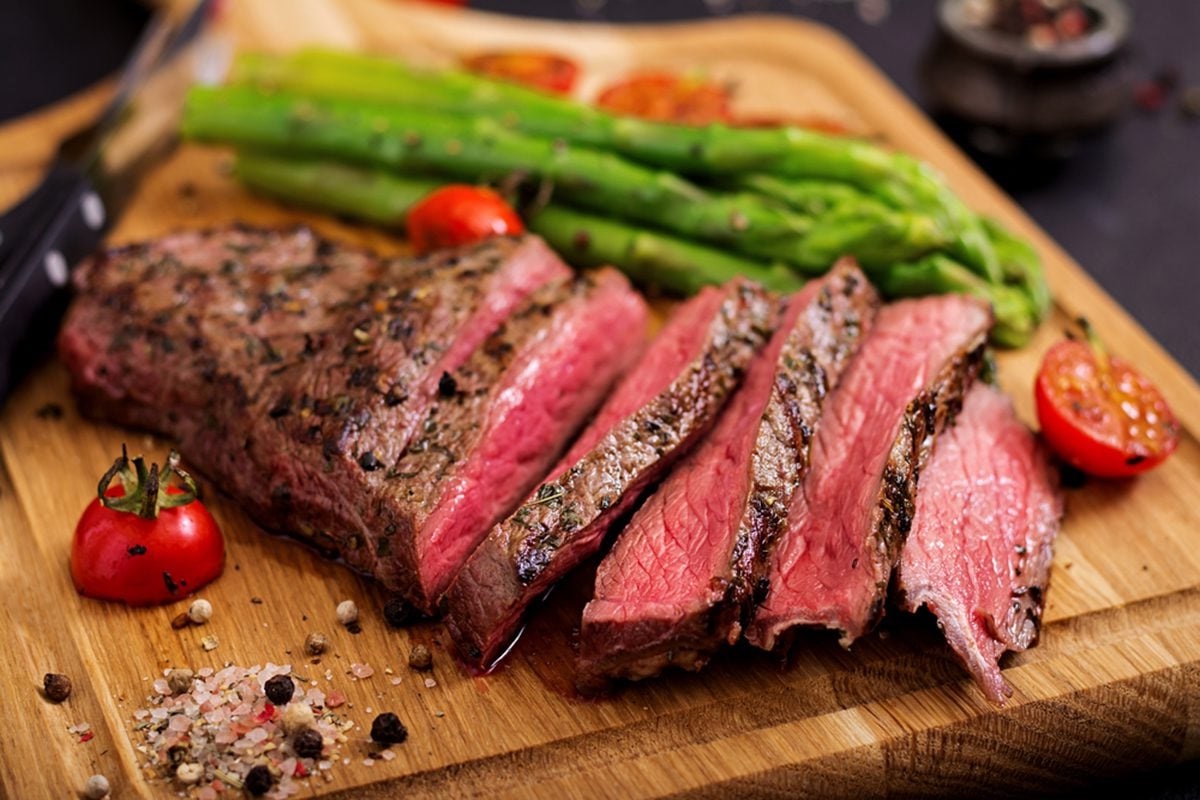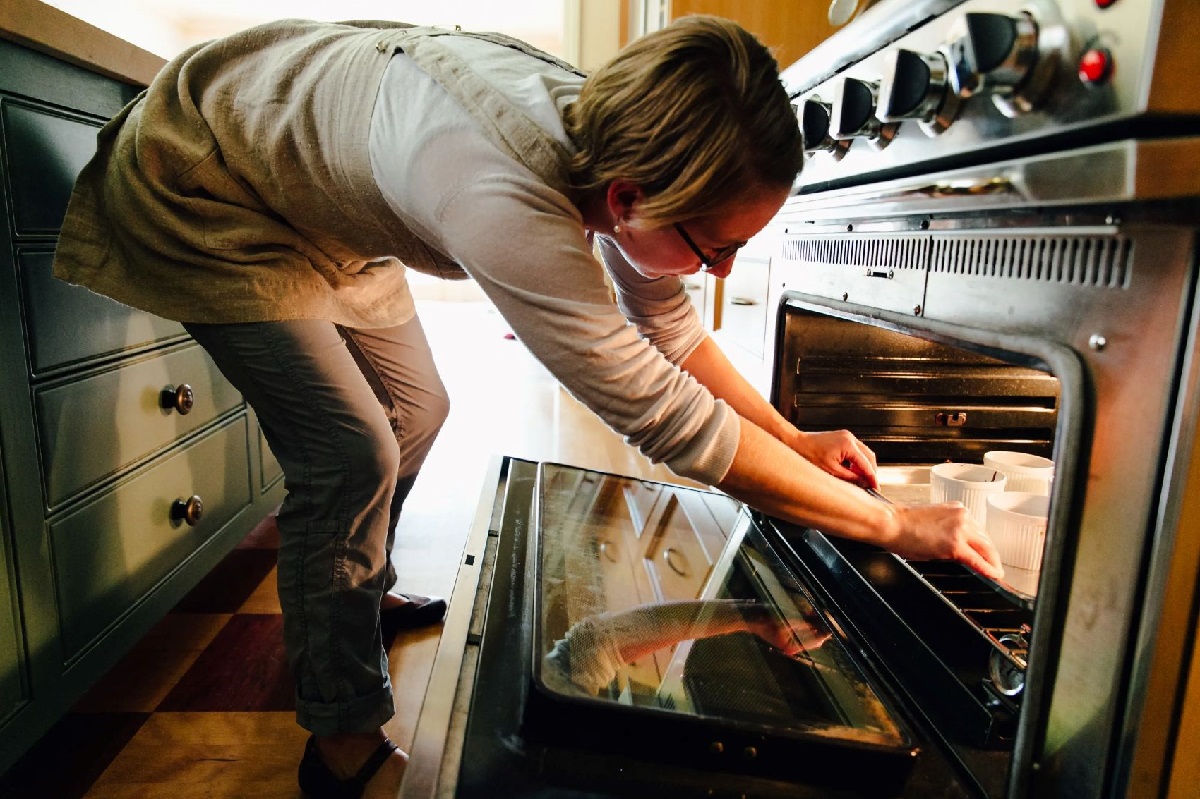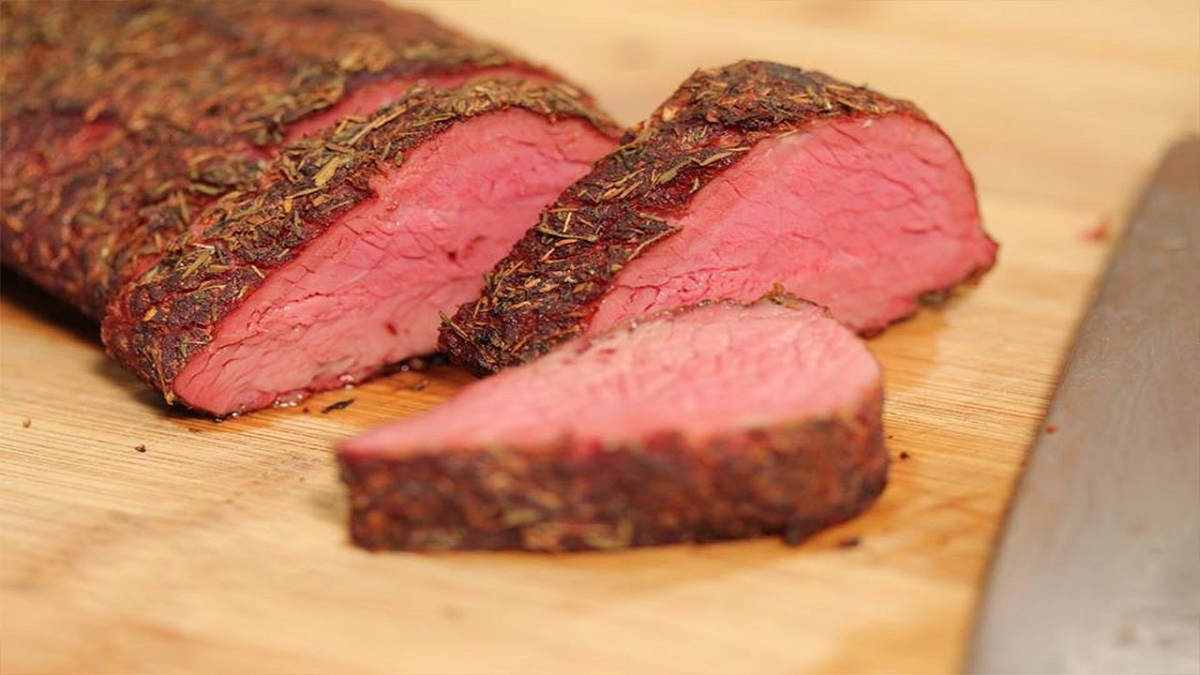Home>Culinary & Beverages>Perfectly Cooked Beef Ribs: Temperature Guide And Tips
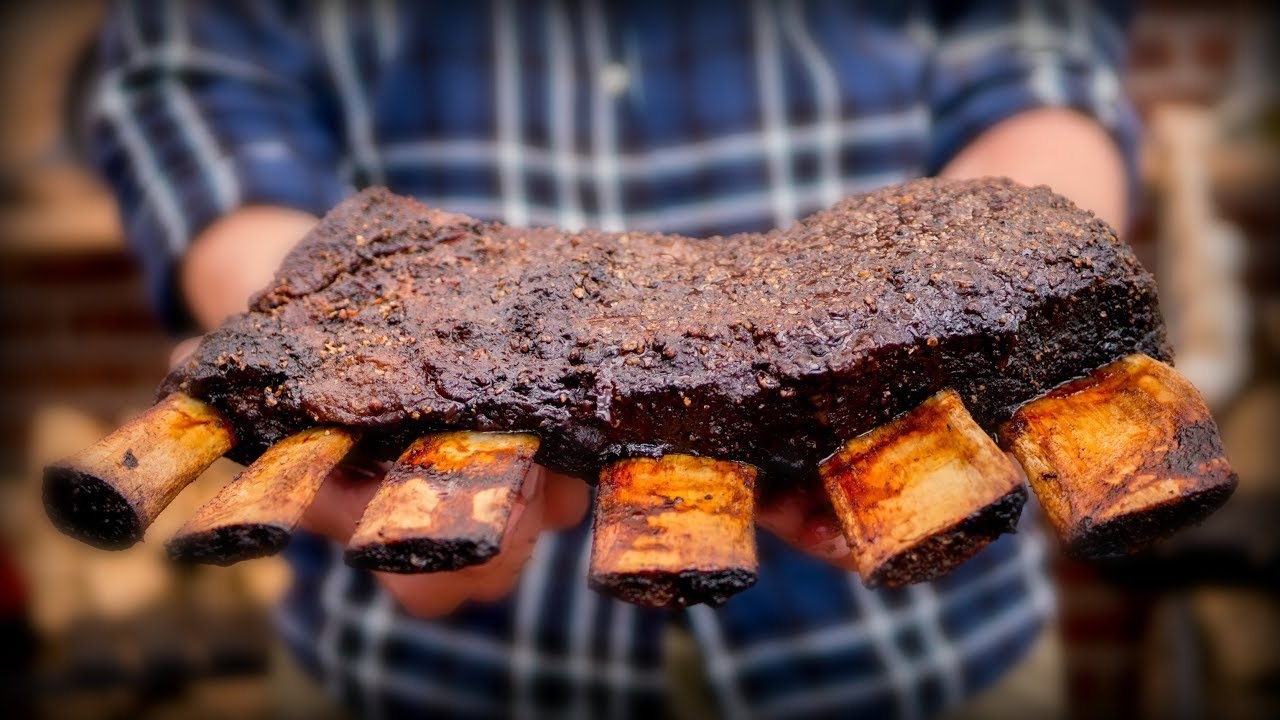

Culinary & Beverages
Perfectly Cooked Beef Ribs: Temperature Guide And Tips
Published: February 22, 2024
Learn how to perfectly cook beef ribs with our temperature guide and expert tips. Elevate your culinary skills with our comprehensive culinary and beverages resources.
(Many of the links in this article redirect to a specific reviewed product. Your purchase of these products through affiliate links helps to generate commission for Temperatures.com, at no extra cost. Learn more)
Table of Contents
The Importance of Temperature Control
Temperature control is a critical factor in achieving perfectly cooked beef ribs. Whether you're a seasoned pitmaster or a novice cook, understanding the impact of temperature on the texture, flavor, and overall quality of beef ribs is essential for culinary success.
When it comes to cooking beef ribs, precision is key. The low and slow cooking method, often used for beef ribs, requires maintaining a consistent temperature over an extended period. This gentle cooking process allows the tough connective tissues in the meat to break down slowly, resulting in tender, succulent ribs that are infused with rich, smoky flavors.
By controlling the cooking temperature, you can ensure that the collagen in the ribs gradually melts, transforming the tough, chewy meat into a melt-in-your-mouth delicacy. Additionally, precise temperature management prevents the ribs from becoming dry and tough, preserving their natural juices and enhancing their overall palatability.
Moreover, temperature control directly impacts food safety. Cooking beef ribs to the recommended internal temperature kills harmful bacteria, ensuring that the meat is safe to consume. This is particularly crucial when smoking or grilling ribs, as these cooking methods expose the meat to lower temperatures for extended periods, creating an environment conducive to bacterial growth.
In summary, mastering temperature control is fundamental to the art of cooking beef ribs. It is the cornerstone of achieving tender, flavorful, and safe-to-eat ribs that will delight your taste buds and leave your guests craving for more.
Selecting the Best Beef Ribs
Selecting the best beef ribs is a crucial step in the journey toward creating a mouthwatering culinary masterpiece. Whether you're browsing the meat section at your local grocery store or visiting a specialty butcher, knowing how to identify high-quality beef ribs is essential for achieving exceptional results.
When it comes to beef ribs, there are several cuts to choose from, each offering its own unique characteristics and flavor profiles. The two primary cuts of beef ribs are back ribs, also known as beef back ribs, and short ribs. Back ribs are taken from the prime rib section of the steer and are known for their generous marbling, which contributes to their rich flavor and tenderness. On the other hand, short ribs are cut from the lower portion of the ribcage and are prized for their meaty, well-marbled texture.
When selecting beef ribs, look for cuts that exhibit ample marbling, as this intramuscular fat not only enhances the flavor and juiciness of the meat but also contributes to its tenderness during the cooking process. Additionally, choose ribs with a vibrant red color, indicating freshness, and avoid those with excessive browning or discoloration.
Consider the thickness of the ribs as well. Thicker cuts tend to yield more succulent and flavorful results when cooked low and slow, as they have a higher ratio of meat to bone. However, thinner cuts can be equally delicious when prepared using alternative cooking methods, such as grilling or broiling.
Furthermore, the source of the beef ribs is a crucial factor to consider. Opt for ribs from reputable suppliers known for their commitment to quality and ethical practices. Whether you prefer grass-fed, grain-fed, or organic beef, selecting ribs from trusted sources ensures that you are working with premium, responsibly sourced meat.
By carefully selecting the best beef ribs, you set the stage for a remarkable culinary experience. The quality of the ribs directly influences the outcome of your dish, impacting its flavor, texture, and overall appeal. With the right beef ribs in hand, you are poised to embark on a culinary adventure that promises to delight the senses and leave a lasting impression on all who partake in the feast.
Preparing the Ribs for Cooking
Before the beef ribs can undergo the transformative journey of cooking, it is essential to prepare them meticulously to maximize their flavor and tenderness. This crucial step sets the stage for a culinary masterpiece that will captivate the senses and elevate the dining experience.
To begin, carefully inspect the beef ribs, ensuring that any excess fat and silver skin are trimmed away. While a moderate amount of fat is desirable to enhance the flavor and juiciness of the ribs during cooking, excessive fat can lead to a greasy or unappealing texture. Removing the silver skin, a tough membrane on the bone side of the ribs, is equally important, as it can hinder the absorption of seasonings and smoke during the cooking process.
Once the ribs are trimmed, it's time to infuse them with flavor. Consider applying a dry rub or marinade to enhance the taste profile of the meat. A well-crafted dry rub, consisting of a harmonious blend of spices, herbs, and seasonings, can impart depth and complexity to the ribs, creating a tantalizing crust during cooking. Alternatively, marinating the ribs in a flavorful liquid mixture can infuse them with a rich, aromatic essence that permeates the meat, resulting in a delectable flavor infusion.
After seasoning, allow the ribs to rest and marinate for a sufficient period, allowing the flavors to permeate the meat thoroughly. This resting period not only enhances the flavor but also tenderizes the meat, contributing to a more succulent and enjoyable eating experience.
When it comes to cooking methods, beef ribs offer versatility. Whether you opt for smoking, grilling, braising, or roasting, the preparation process remains a crucial determinant of the final outcome. Each cooking method presents unique opportunities to impart distinct flavors and textures to the ribs, allowing for a diverse range of culinary expressions.
By meticulously preparing the beef ribs for cooking, you lay the foundation for a culinary triumph. Attention to detail, from trimming and seasoning to marinating and selecting the ideal cooking method, ensures that the ribs are primed to deliver an unforgettable dining experience. With each step carefully executed, the stage is set for the ribs to undergo a remarkable metamorphosis, emerging as a symphony of flavors and textures that will leave a lasting impression on all who partake in the feast.
Using a Meat Thermometer
Using a meat thermometer is a fundamental practice that empowers cooks to achieve precision and consistency in their culinary endeavors, particularly when preparing beef ribs. A meat thermometer serves as a reliable tool for accurately gauging the internal temperature of the ribs, ensuring that they reach the desired level of doneness without overcooking or undercooking.
When it comes to cooking beef ribs, achieving the perfect level of doneness is crucial for delivering a sublime dining experience. Whether you prefer your ribs with a succulent, medium-rare texture or a tender, fall-off-the-bone consistency, a meat thermometer provides the means to monitor the ribs' internal temperature with unparalleled accuracy.
To use a meat thermometer effectively, insert the probe into the thickest part of the beef ribs, ensuring that it does not touch the bone, as this can yield an inaccurate reading. By positioning the thermometer in the meat's thickest section, you can obtain a true representation of the ribs' internal temperature, allowing you to make informed decisions regarding their cooking progress.
Different levels of doneness correspond to specific internal temperatures. For example, beef ribs cooked to a medium-rare level typically reach an internal temperature of 145°F (63°C), while those aiming for a medium level of doneness may target an internal temperature of 160°F (71°C). By using a meat thermometer to monitor the ribs' temperature throughout the cooking process, you can ensure that they reach the desired level of doneness, guaranteeing a consistently delightful dining experience.
Moreover, a meat thermometer is an invaluable tool for food safety, particularly when cooking meat. It allows you to verify that the beef ribs have reached the recommended safe internal temperature, effectively eliminating any concerns about undercooked meat and the associated health risks. This is especially pertinent when employing low and slow cooking methods, such as smoking, where maintaining the ribs at a safe temperature for an extended duration is essential.
In essence, using a meat thermometer when cooking beef ribs is a practice that embodies precision, expertise, and a commitment to culinary excellence. By harnessing the power of this indispensable tool, cooks can elevate their rib-cooking prowess, ensuring that each batch of ribs emerges from the cooking process with unparalleled succulence, flavor, and food safety assurance.
Tips for Achieving Perfectly Cooked Beef Ribs
-
Patience is Key: When it comes to cooking beef ribs, patience is your greatest ally. Embrace the low and slow approach, allowing the ribs to cook gradually over a sustained period. This gentle cooking method enables the connective tissues to break down slowly, resulting in tender, flavorful ribs that are worth the wait.
-
Indirect Heat for Smoking: If you're using a smoker, harness the power of indirect heat. Position the beef ribs away from direct flames, allowing them to cook through the circulation of smoky, flavorful air. This method imparts a rich, smoky essence to the ribs while ensuring even cooking without charring.
-
Maintain Consistent Temperature: Whether you're smoking, grilling, or roasting, strive to maintain a consistent cooking temperature. Fluctuations in heat can impact the ribs' texture and overall quality. Invest in a reliable thermometer and monitor the cooking environment closely to achieve precision.
-
Wrap for Moisture Retention: During the cooking process, consider wrapping the beef ribs in foil or butcher paper after a few hours. This technique, known as the Texas crutch, helps retain moisture, preventing the ribs from drying out while infusing them with additional tenderness.
-
Rest for Flavor Infusion: After the beef ribs are cooked to perfection, allow them to rest for a brief period before serving. This resting phase enables the juices to redistribute within the meat, enhancing its succulence and allowing the flavors to harmonize, resulting in a truly delectable dining experience.
-
Experiment with Flavor Profiles: Don't be afraid to experiment with different flavor profiles. Whether it's a savory dry rub, a tangy marinade, or a bold barbecue sauce, exploring diverse flavor combinations can elevate the taste of the ribs, adding depth and complexity to each mouthwatering bite.
-
Trim and Season Uniformly: Prior to cooking, ensure that the beef ribs are trimmed and seasoned uniformly. This meticulous approach guarantees that each bite delivers a consistent flavor and texture, showcasing the ribs' full potential and leaving a lasting impression on your guests.
-
Know Your Ribs: Familiarize yourself with the specific cut of beef ribs you are working with. Whether it's back ribs or short ribs, understanding the unique characteristics of each cut empowers you to tailor your cooking techniques to maximize their inherent qualities, resulting in a truly exceptional dining experience.
By incorporating these tips into your beef rib cooking repertoire, you can elevate your culinary prowess and consistently deliver perfectly cooked ribs that captivate the senses and leave a lasting impression on all who partake in the feast.
